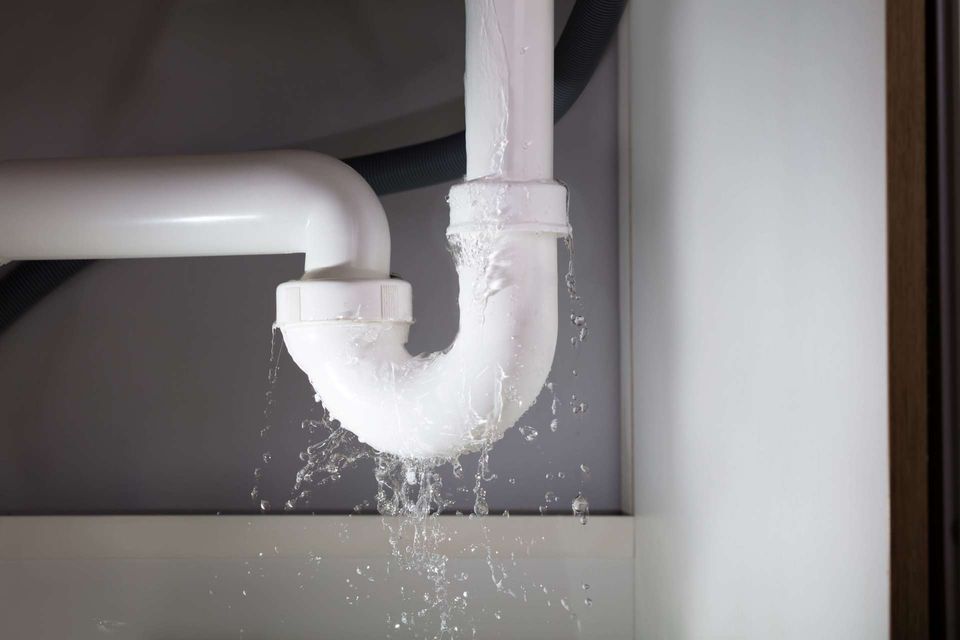Just how to Locate and also Fixing Water Leaks-- A Comprehensive Overview
Just how to Locate and also Fixing Water Leaks-- A Comprehensive Overview
Blog Article
What're your ideas regarding Locating water leaks?

Early discovery of dripping water lines can mitigate a possible catastrophe. Some small water leaks may not be visible.
1. Analyze the Water Meter
Every residence has a water meter. Checking it is a proven manner in which assists you uncover leakages. For beginners, switch off all the water resources. Make certain no one will flush, use the tap, shower, run the cleaning device or dishwasher. From there, most likely to the meter and watch if it will alter. Since no person is utilizing it, there should be no motions. That shows a fast-moving leak if it moves. If you discover no adjustments, wait a hr or 2 and inspect back again. This suggests you may have a slow-moving leak that can even be underground.
2. Check Water Usage
If you find sudden modifications, despite your intake being the same, it implies that you have leaks in your plumbing system. An abrupt spike in your bill indicates a fast-moving leakage.
A steady increase every month, also with the same practices, shows you have a sluggish leak that's likewise gradually escalating. Call a plumber to extensively check your property, specifically if you feel a cozy location on your flooring with piping underneath.
3. Do a Food Coloring Test
When it comes to water consumption, 30% comes from bathrooms. If the shade in some way infiltrates your bowl during that time without flushing, there's a leakage between the storage tank and also dish.
4. Asses Outside Lines
Don't neglect to check your exterior water lines as well. Test spigots by attaching a yard hose pipe. Needs to water permeate out of the connection, you have a loose rubber gasket. Replace this and also make sure all links are limited. It will certainly help obtain it properly examined and also kept annually if you have actually got a lawn sprinkler system. One little leak can waste tons of water and spike your water bill.
5. Examine the circumstance and also examine
Homeowners must make it a behavior to check under the sink counters and even inside cabinets for any type of bad odor or mold development. These 2 red flags indicate a leakage so prompt focus is needed. Doing regular inspections, also bi-annually, can save you from a significant issue.
A lot more significantly, if you recognize your home is currently old, maintain a watchful eye on your heating units, hose pipes, pipelines etc. Look for stainings and also damaging as most pipes and devices have a life span. They will certainly additionally normally wear away because of deterioration. Don't wait for it to rise if you suspect leaking water lines in your plumbing system. Call an expert plumber as soon as possible so you do not end up with a horrible mess in your house.
Early discovery of leaking water lines can mitigate a prospective disaster. Some little water leaks might not be visible. Checking it is a proven method that assists you discover leaks. One little leakage can squander bunches of water and also increase your water bill.
If you believe leaking water lines in your plumbing system, do not wait for it to escalate.
WARNING SIGNS OF WATER LEAKAGE BEHIND THE WALL
PERSISTENT MUSTY ODORS
As water slowly drips from a leaky pipe inside the wall, flooring and sheetrock stay damp and develop an odor similar to wet cardboard. It generates a musty smell that can help you find hidden leaks.
MOLD IN UNUSUAL AREAS
Mold usually grows in wet areas like kitchens, baths and laundry rooms. If you spot the stuff on walls or baseboards in other rooms of the house, it’s a good indicator of undetected water leaks.
STAINS THAT GROW
When mold thrives around a leaky pipe, it sometimes takes hold on the inside surface of the affected wall. A growing stain on otherwise clean sheetrock is often your sign of a hidden plumbing problem.
PEELING OR BUBBLING WALLPAPER / PAINT
This clue is easy to miss in rooms that don’t get much use. When you see wallpaper separating along seams or paint bubbling or flaking off the wall, blame sheetrock that stays wet because of an undetected leak.
BUCKLED CEILINGS AND STAINED FLOORS
If ceilings or floors in bathrooms, kitchens or laundry areas develop structural problems, don’t rule out constant damp inside the walls. Wet sheetrock can affect adjacent framing, flooring and ceilings.
https://www.servicemasterbyzaba.com/blog/how-to-detect-water-leakage-in-walls/

I was made aware of that article on Hacks to detect leaks through an associate on a different domain. So long as you enjoyed our post if you please make sure you remember to share it. We cherish reading our article about Top leak detection hacks.
Report this page